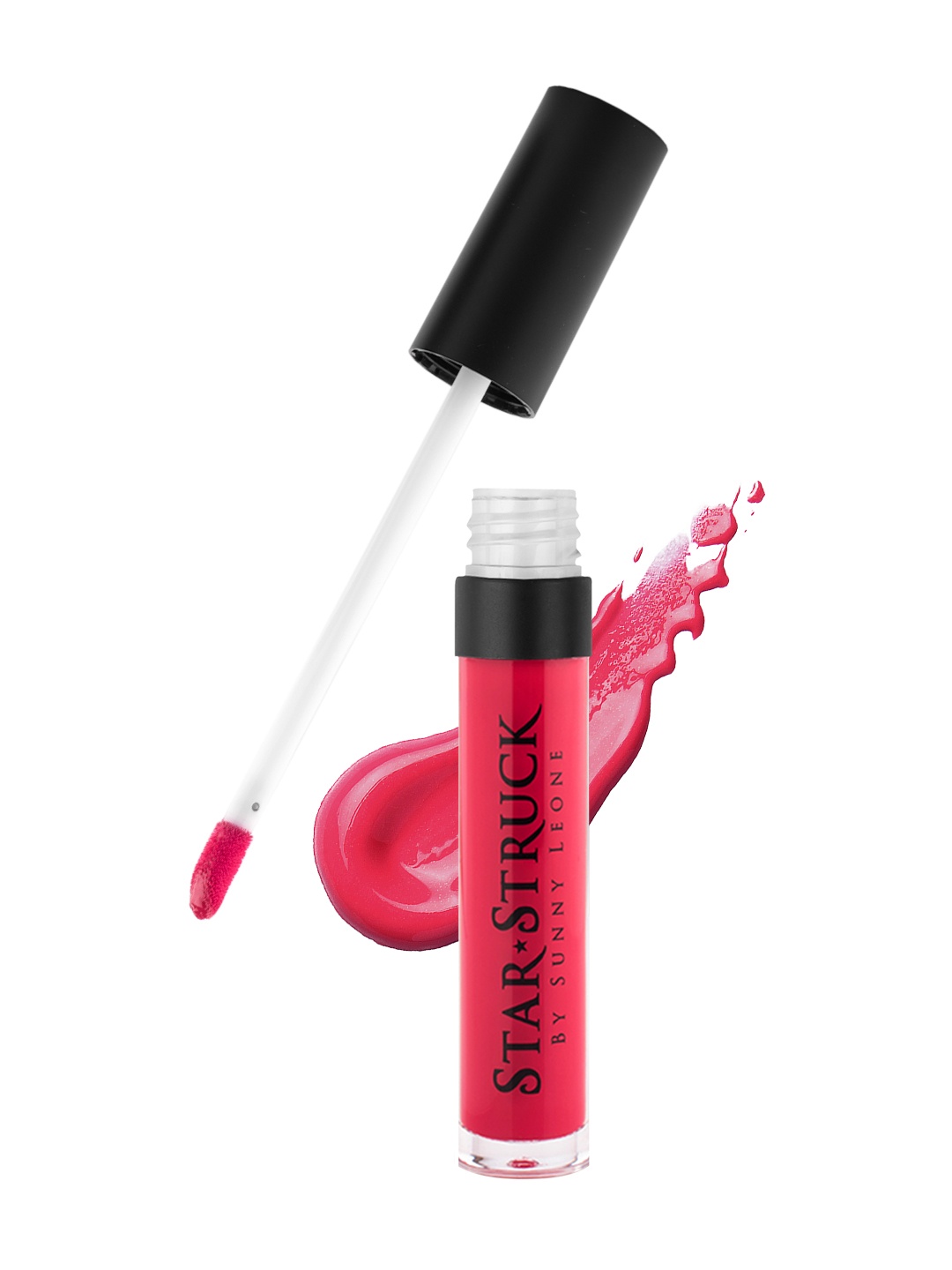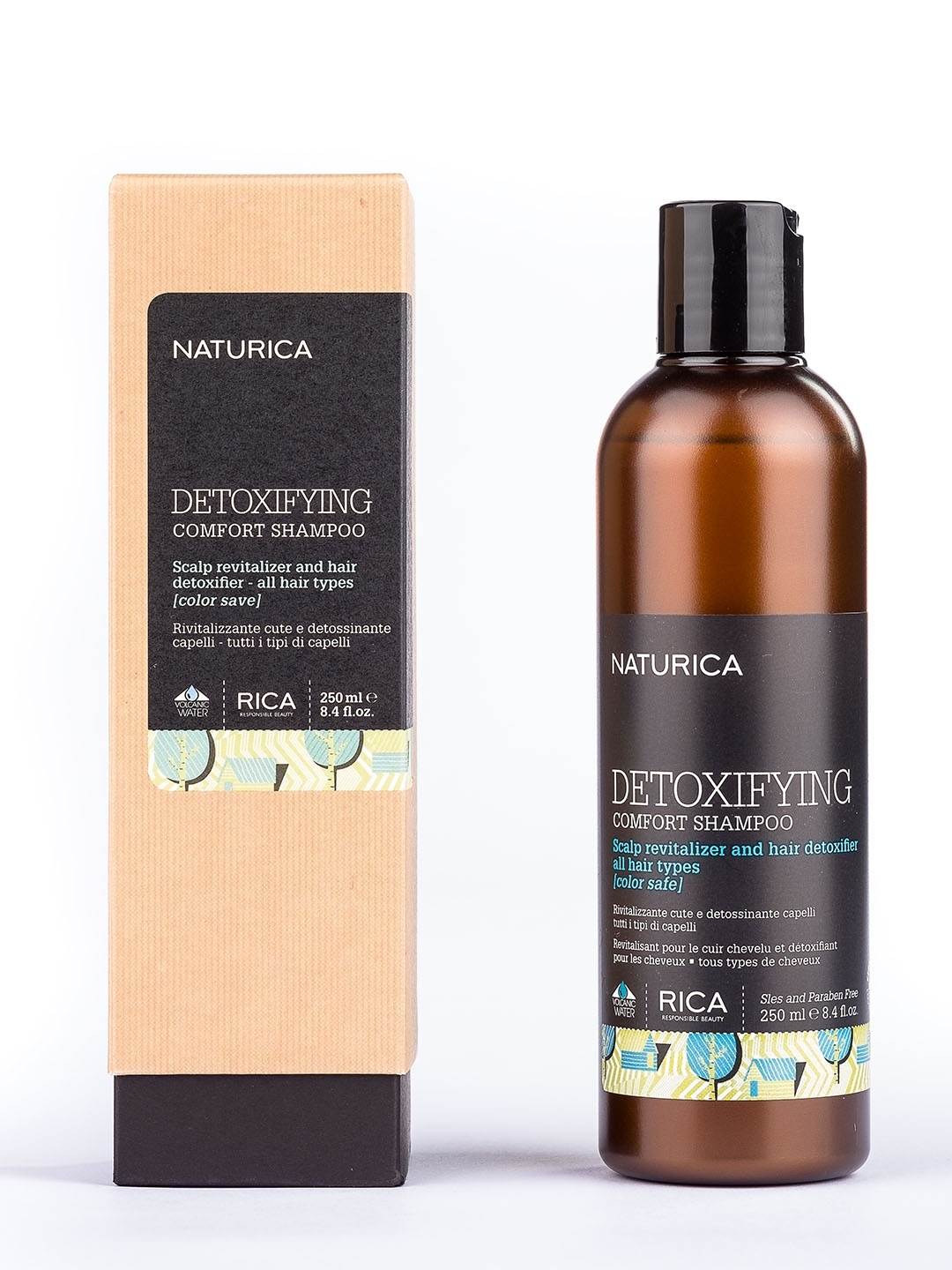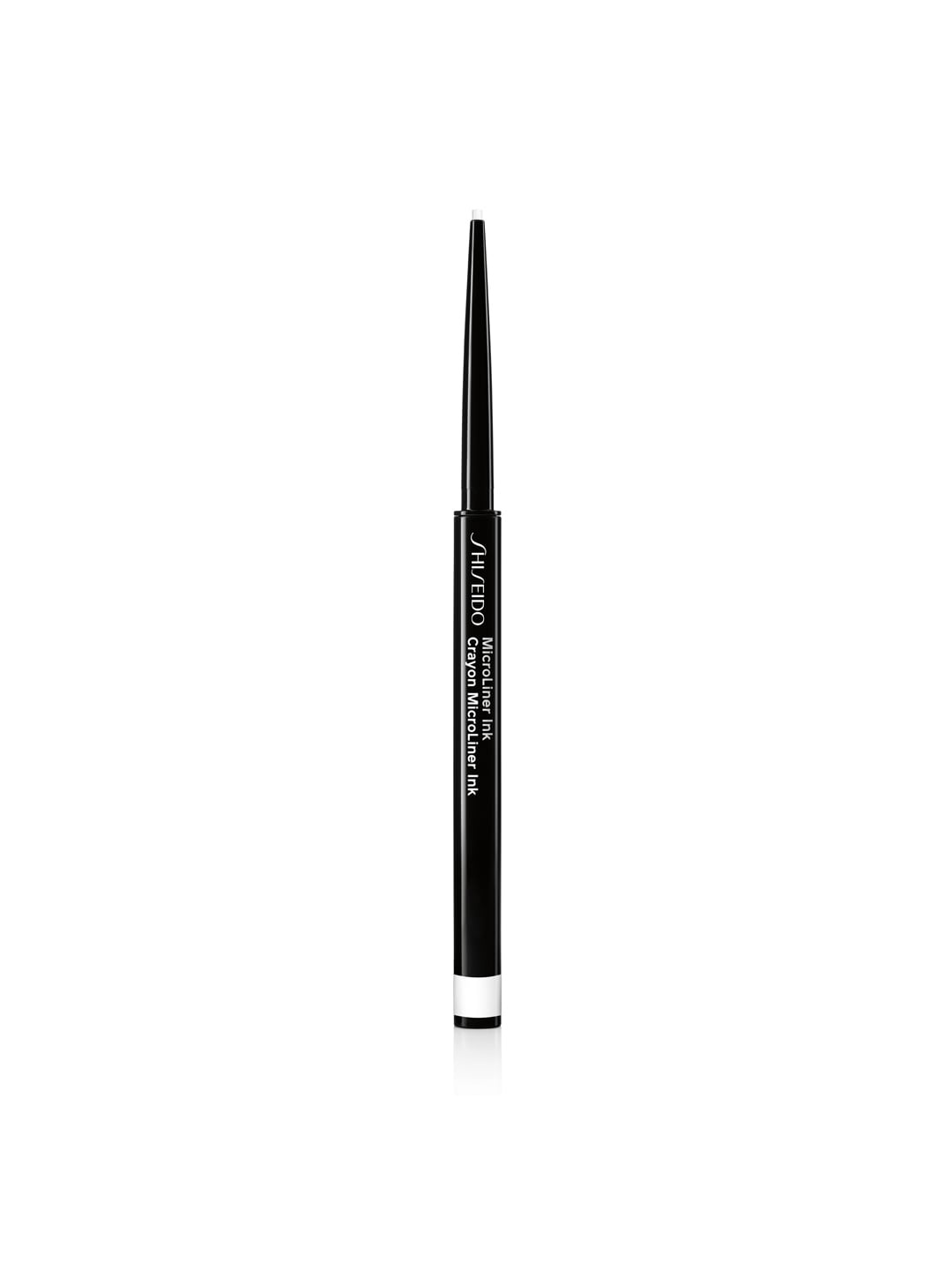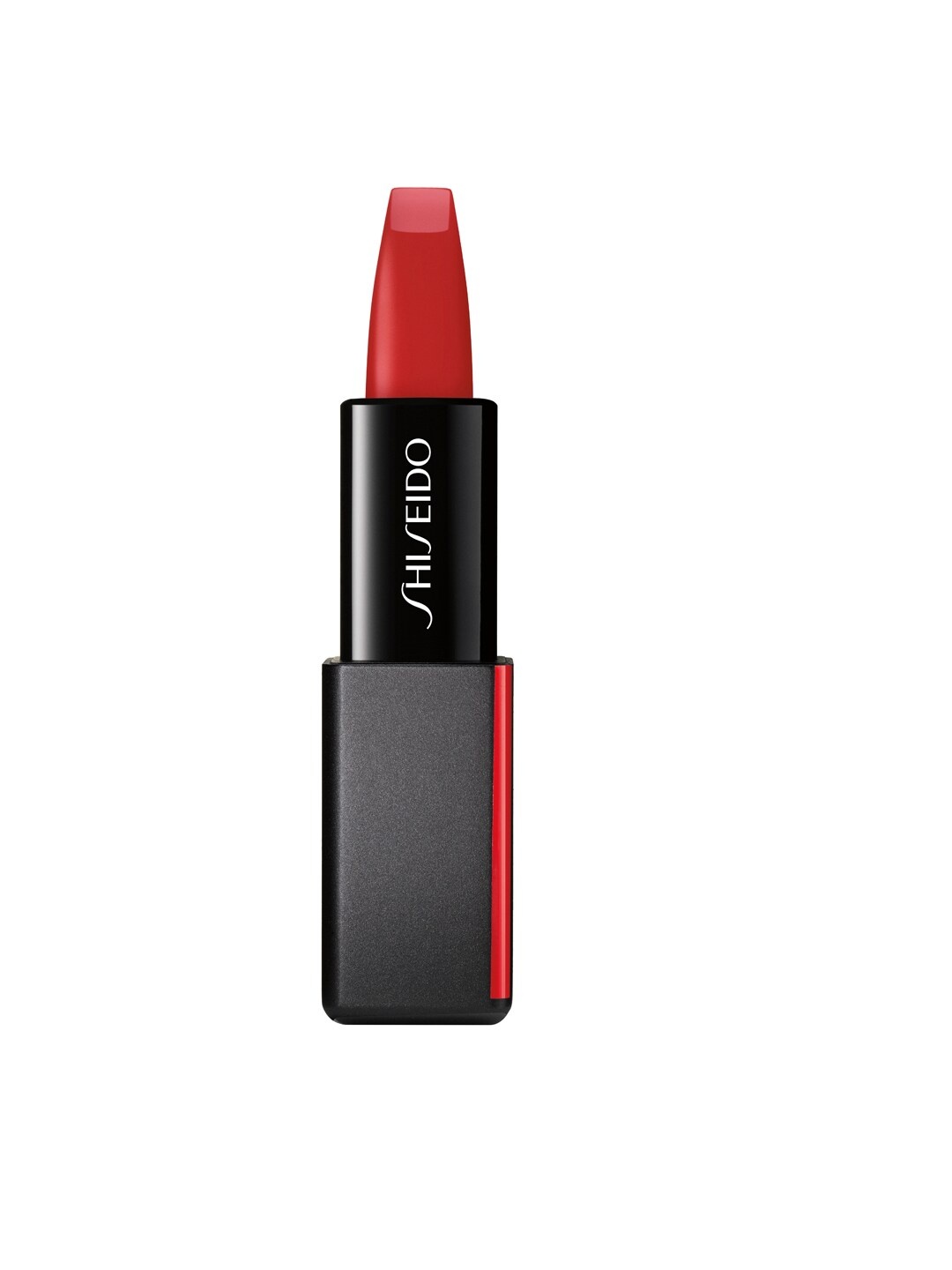Baby Lotion For Sensitive Skin: What To Look For Before You Buy | A Checklist
Choosing the right baby lotion for sensitive skin can feel like solving a riddle wrapped in a mystery, with a hint of mango-scented confusion. Sensitive skin demands extra love. This is a friendly guide with top points to help you navigate the baby aisle like a pro.

Baby Lotion For Sensitive Skin: What To Look For Before You Buy.
There's something utterly heart-melting about a baby's soft, plump skin. It's like silk soaked in sunshine. But that delicate skin also comes with a long list of dos and don'ts. Sensitive skin, in particular, can be a little moody, flaring up at the whiff of the wrong ingredient. In a country where temperatures can swing from dry winters to humid monsoons, choosing a baby lotion for sensitive skin isn't just a routine; it's a responsibility.

Soft skin and happy giggles, baby lotion that cares like a mother's touch; Photo Credit: pexels
Many parents are flooded with options, international brands, homegrown ones, ayurvedic ranges, fragrance-free bottles and more. Add to that the aunties' advice, your paediatrician's list, and one million 'mummy' WhatsApp groups, and it's easy to feel overwhelmed. That's where this simple, down-to-earth checklist steps in. Here are ten friendly markers to guide you towards a baby lotion that's gentle, effective, and just right for your little one's sensitive skin.
1. Look for Natural Ingredients, But Know Which Ones
Just because it says 'natural' doesn't mean it's safe. Labels can be cheeky. What you're really looking for are ingredients known for their calming, nourishing properties, such as aloe vera, calendula, coconut oil, and shea butter. These tend to be gentle on sensitive skin and don't cause flare-ups.
Aloe vera cools irritated skin like a sip of coconut water on a hot day. Calendula has been a grandma's favourite for decades, helping soothe rashes and minor cuts. Coconut oil, well, that's practically a skincare superhero in our kitchens. However, be wary of natural-sounding additives like essential oils in high concentrations; they can irritate instead of heal.
And while homemade remedies hold a special place, lotions with standardised formulations ensure consistency. So, a lotion that includes trusted natural ingredients, in controlled amounts, strikes the right balance between tradition and science.
2. Fragrance-Free Is the Way to Be (Most of the Time)
Yes, the vanilla-lavender-rose-petal-explosion might smell like heaven, but for sensitive baby skin, it's often a recipe for trouble. Synthetic fragrances are among the top culprits when it comes to allergic reactions. They sneak in under the label of 'parfum' or 'fragrance' and bring along their gang of irritants.
For tiny noses and delicate skin, fragrance-free options are often the safest bet. They might not win any scent awards, but they protect what matters, your baby's comfort. If a little aroma feels essential (say, for calming at bedtime), go for lotions with a mild scent from natural sources, like chamomile or cocoa butter, and always do a patch test first.
Remember, your baby doesn't need to smell like a fancy showroom. Clean, healthy skin has its gentle charm.
3. Say No to Parabens, Phthalates and Sulphates
These ingredients might sound like the cast of a sci-fi movie, but they're more like the villains in your baby's skincare story. Parabens are preservatives that can mimic hormones, while phthalates, often used to make lotions feel smooth, are known to disrupt natural hormone functions. Sulphates, meanwhile, are harsh cleansers that can strip away moisture and irritate sensitive skin.
Avoiding these nasties isn't just a trendy thing, it's a necessity for long-term health. The good news? Many brands today proudly display 'paraben-free' or 'no sulphates' on their labels. That said, always flip the bottle and double-check the ingredients list. Transparency speaks louder than marketing claims.
Think of it like checking the spices before adding them to a toddler's meal, you want just the right blend, and definitely no surprises.
Also Read: Buy Baby Care Essentials At Minimum 60% Off On Amazon Prime Sale
4. Hypoallergenic and Dermatologically Tested Labels Matter
These aren't just fancy buzzwords. A 'hypoallergenic' product is formulated to reduce the risk of allergic reactions. While no product can guarantee zero irritation (every baby is unique), such a label does show that the brand has taken extra care with the formulation.
'Dermatologically tested' means the lotion has been tested on human skin under the supervision of skin specialists. It's a small assurance, but a meaningful one.
If your little one has shown sensitivity before, maybe a rash after a new soap or redness after a new lotion, these labels become even more important. They offer a layer of protection, like a warm blanket on a chilly evening. Worth checking, every time.
5. pH Balanced, Because Baby Skin Is Not Like Yours
A baby's skin is thinner and loses moisture faster than adult skin. The ideal baby lotion for senstive skin should match the natural pH level of their skin, which hovers around 5.5. This keeps the skin barrier strong, reducing the risk of infections and irritation.
A lotion that's too acidic or too alkaline might lead to dryness, itchiness, or even fungal infections. Some bottles proudly mention 'pH balanced' right on the front, but if not, a quick online check or paediatrician's tip can guide you. It's a small detail, but like the difference between warm milk and lukewarm, it makes a world of difference.
6. Texture and Absorption: Light, Yet Hydrating
There's a certain magic in that post-bath baby lotion routine, soft dabs, circular motions, giggles mid-rub. But if the lotion feels too sticky or leaves behind a greasy film, it steals that magic.
Go for a formula that's lightweight and absorbs quickly but still leaves the skin moisturised. You're aiming for 'soft and nourished', not 'oily dosa pan.' In our humid months, especially in coastal cities, heavy lotions can trap sweat and lead to rashes. Lighter lotions with hydrating ingredients like glycerin and ceramides offer the best of both worlds.
The ultimate test? If your baby can roll, crawl and play five minutes after applying it, without looking like they slid through a butter trail, you've got a winner.

Little hands and big love, gentle baby lotion for every cuddle, kiss, and calm moment; Photo Credit: pexels
7. Age-Appropriate Formulas: Yes, It Matters
A newborn's skin isn't the same as a one-year-old's. Some lotions are designed for babies above six months, while others are made specifically for newborns. Make sure you check the age recommendation on the label.
Newborn formulas usually have fewer ingredients and milder concentrations. Older babies can handle a little more in terms of richness or added botanicals. Using an age-appropriate product ensures the right balance, like feeding mashed bananas instead of biryani at six months.
Also, avoid lotions with 'extra strength' or 'deep repair' tags unless prescribed. Sensitive skin doesn't need superhero strength, just a gentle hug in lotion form.
8. Seasonal Suitability: One Lotion Might Not Fit All Weather
Winter winds in Delhi, monsoon dampness in Kerala, or summer heat in Nagpur, no single lotion can cater to all seasons equally. Dry winters may need a thicker cream-based lotion with added oils, while summers call for light, non-sticky hydration.
Keep an eye on how your baby's skin responds. Flaky elbows in December? Time to switch. Sweat rashes in June? Go lighter. Like we change our wardrobe with the season, your baby's skincare needs a similar update.
Some parents even keep two lotions handy, one richer for nights and another lighter for day use. Sounds extra? Maybe. But anything that keeps those cheeks kiss-ready all year round is worth the shelf space.
9. Brand Reputation and Reviews: Trust, But Verify
In today's age of glossy ads and influencer reels, a product's popularity doesn't always mean it's suitable. A lotion that works wonders for one baby might not suit another. That's why reading real reviews, especially those from parents with similar concerns, can be gold.
Look for consistent feedback around sensitivity, rashes, texture and overall experience. Trust brands that are transparent about their ingredient sourcing and manufacturing practices. And if a particular lotion has been recommended by paediatricians or has medical backing, that's an added layer of confidence.
Sometimes, local brands with ayurvedic blends work better than pricey international options, because they understand our climate and skin needs better. Don't get swayed by packaging. Let performance win.
10. Patch Test Always, No Matter What the Label Says
Even the most 'safe' lotion needs to pass the real-world test, your baby's skin. A patch test helps spot potential irritants before they cause a full-blown reaction.
Apply a small amount of the lotion on your baby's inner arm or behind the ear. Wait for 24 hours. If there's no redness, bump, or itching, it's likely good to go. If there's a reaction, wash gently and skip that product.
It's a step most of us skip, sometimes out of habit, sometimes because we're juggling a million things. But it takes just a minute and could save days of discomfort for your little one.
Think of it as tasting the dal before adding extra salt. A tiny check today saves a big problem tomorrow.

Tiny fingers & trusted care, baby lotion that comforts with every gentle dab; Photo Credit: pexels
Products Related To This Article
1. Mamaearth Milky Soft Body Lotion with Oats, Milk & Calendula
2. Bumtum Baby Body Lotion, Non-sticky, Paraben & Sulphate Free
3. Baby Dove Rich Moisture Nourishing Baby Lotion 400 ml
4. Cetaphil Baby Daily Lotion, Suitable for baby's delicate skin
5. Himalaya Baby Body Lotion, For All Skin Types
6. Little's Organix Nourishing Baby Lotion 400ml
7. Figaro Baby Lotion | 200 ml | Natural Olive Oil | Enriched with Vitamin E
Choosing the right baby lotion for sensitive skin doesn't have to feel like a test of parental IQ. It's about being informed, observant, and a little bit patient. Skin that soft and tender deserves extra care, and thankfully, the right products are out there.
Trust your instincts, keep an eye on ingredients, and remember, what works for one baby might not work for another. With this checklist in hand, you're already steps ahead. Happy moisturising, and may those baby cheeks stay soft, squishy, and rash-free through all seasons.
Disclaimer: The images used in this article are for illustration purpose only. They may not be an exact representation of the products, categories and brands listed in this article.

























